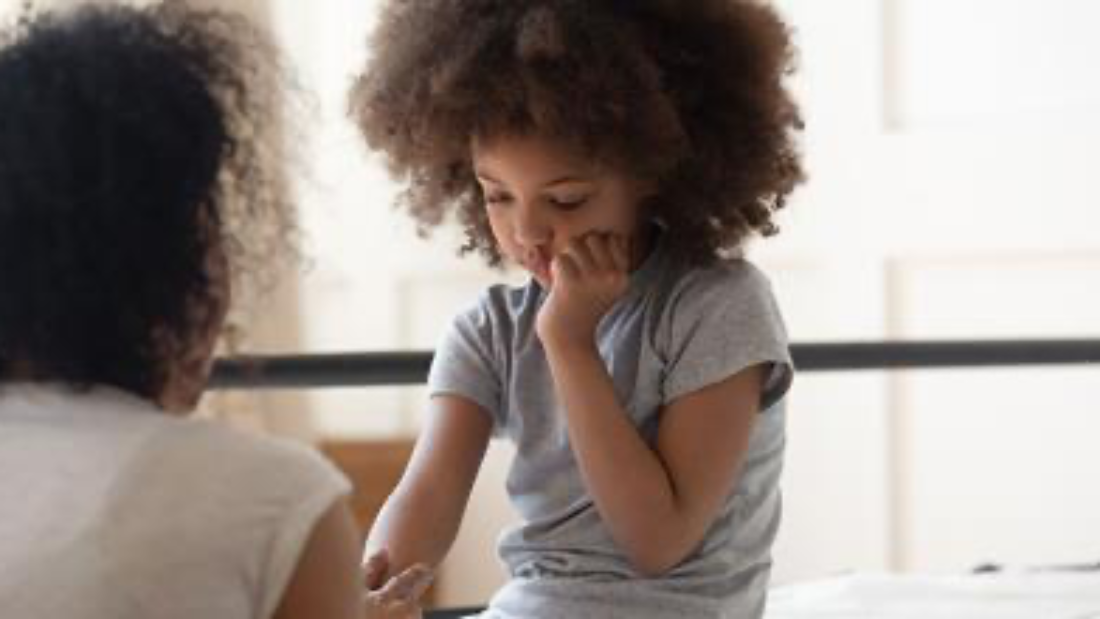In the aftermath of a natural disaster, the world can feel like a tumultuous whirlwind, leaving everyone emotionally drained and searching for stability. Parents often find themselves navigating their own feelings of fear and uncertainty while trying to support their children through such a traumatic experience. The journey of healing can be challenging, yet it is also an opportunity for profound connection and growth.
First and foremost, it is essential for parents to acknowledge their own feelings. Recognizing that it is completely normal to feel overwhelmed, anxious, or even lost is a crucial step. When parents validate their own experiences, they set a powerful example for their children. Opening up about emotions can foster a safe space where children feel comfortable expressing their own fears and concerns. This shared vulnerability can help strengthen the bond between parent and child during a time when connection is vital.
Incorporating routine back into family life can also provide a sense of normalcy and security. Whether it’s establishing regular meal times, homework sessions, or family game nights, consistency is key. Routines create predictable patterns, which can be reassuring for children who may be grappling with the chaos left in the wake of disaster.
Listening actively to a child’s feelings is another crucial aspect of the healing process. Offering a compassionate ear without rushing to fix things can be incredibly beneficial. Parents should encourage their children to express their thoughts and emotions, emphasizing that it is okay to feel sad, angry, or scared. Sometimes, just knowing a parent is there to hear them can be the most comforting support of all.
Moreover, engaging in creative outlets can be a wonderful way for children to process their experiences. Activities like drawing, writing, or even playing pretend can help them articulate their feelings in ways that words alone may not capture. Parents can join in these activities, creating a bond through shared expression and understanding.
Finally, seeking professional help from counselors or support groups may be necessary for both parents and children. These resources can offer guidance and tools tailored to overcoming trauma, helping families emerge stronger and more united.
In these challenging times, parents play a pivotal role in nurturing resilience, both in themselves and in their children. By embracing vulnerability, establishing routines, fostering open communication, and exploring creative avenues for expression, they pave a path toward healing. Though the journey may be daunting, together, they can weather the storm and emerge with a renewed sense of hope and connection.
- Parents often overlook their own emotional needs while focusing on their child’s recovery, but recognizing and sharing their feelings can create a powerful bond that fosters healing for both.
- Establishing consistent routines can be a game changer for families, offering children a reassuring anchor amidst the chaos of post-disaster life.
- Creative expression emerges as a vital tool for processing trauma, allowing parents and children to connect in a unique way while navigating their shared experiences.


Leave A Comment